Google I/O 2016 Rundown
A brief roundup of the key announcements made at Google I/O 2016, the company's 10th annual developer conference.
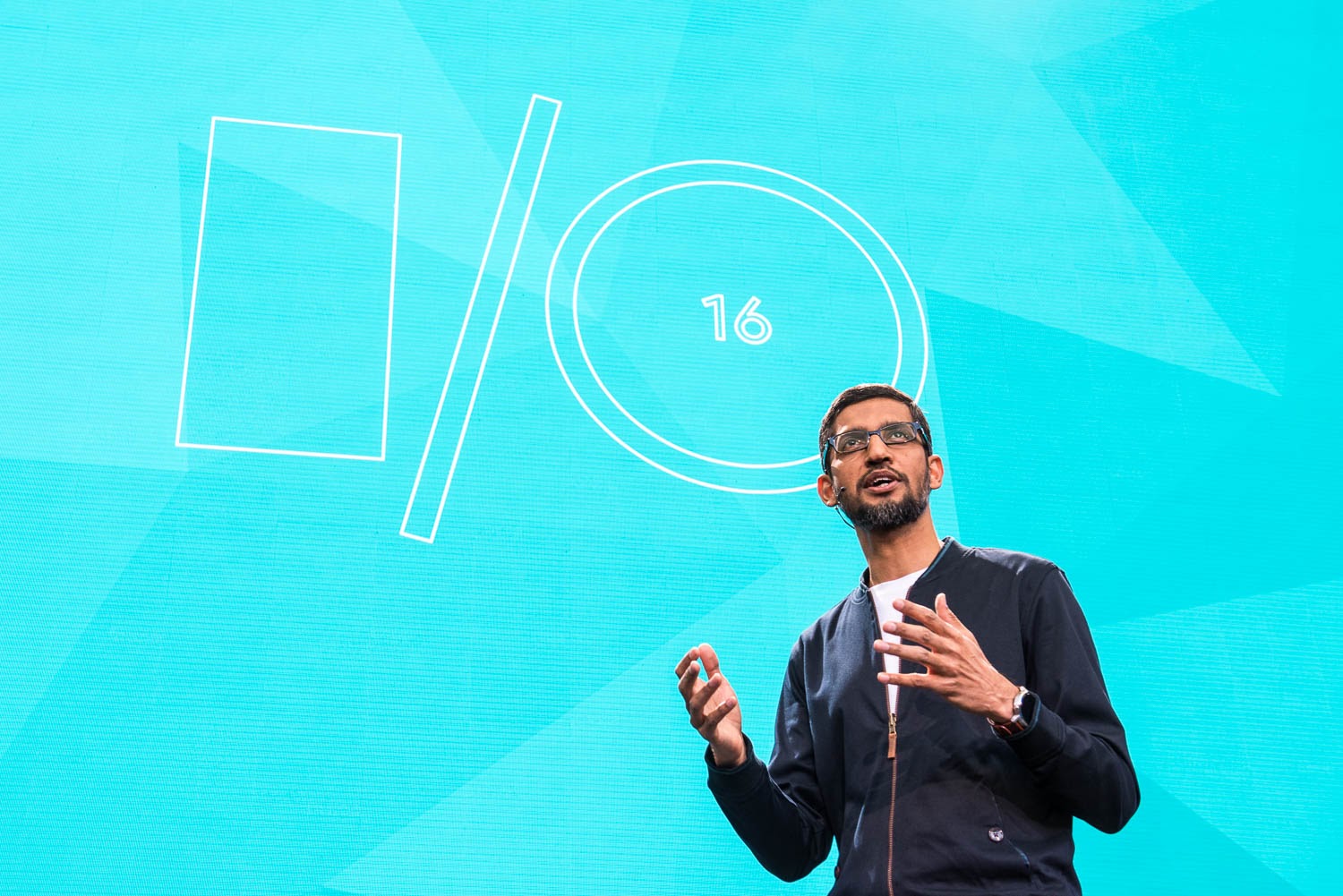
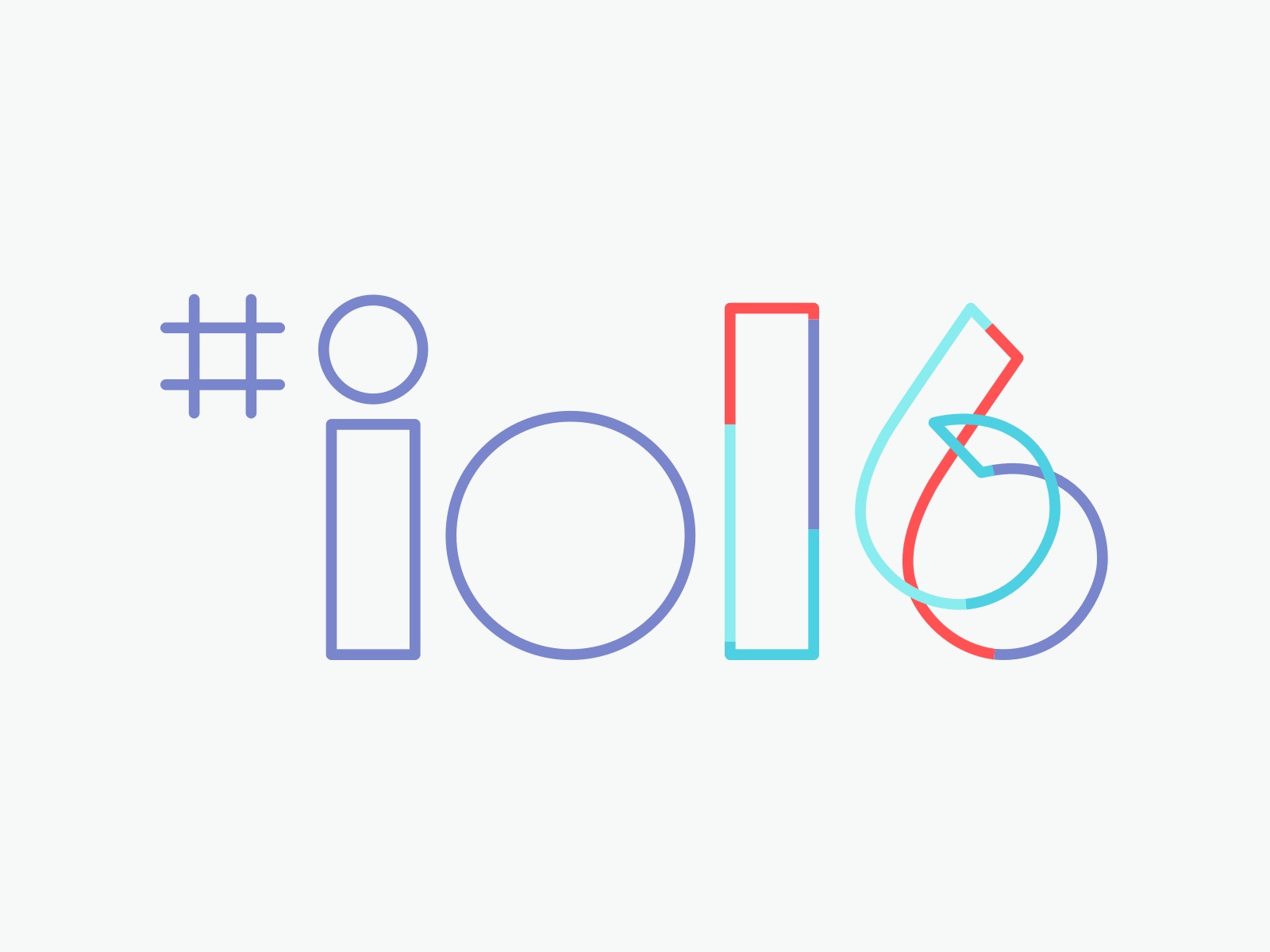
A brief roundup of the key announcements made at Google I/O 2016, the company's 10th annual developer conference.
Google I/O 2016, the tech giant's immersive three-day annual developer event was held in Mountain View, California last week. As usual, Google CEO Sundar Pichai and an assortment of Google executives gave the audience and the wider world a detailed run down of the innovations we can expect to see rolled out through the remainder of 2016.
The first, and perhaps most integral announcement was that of Google Assistant. Described in some quarters as the ‘Siri killer’, Google Assistant represents a natural evolution of Google search into an AI-led virtual concierge. The assistant will allow users to easily gleam information, (and suggestions), via natural conversations. You can even ask it ambiguous questions, (in context), and it will still manage to find an answer
Google Assistant is not a standalone app. Rather, it will be integrated into both Allo, Google’s emoji focused, encrypted messaging app, and Duo, Google’s video-telephony app. Thanks to consumer familiarity with iOS’ Facetime, Duo’s interface should prove easy enough to navigate. An added feature is an ability to stream a portion of an incoming call before answering it. A handy add-on for those of us not keen on cold video callers.
Google Assistant will also be built into Google Home, a voice command controlled smart speaker, (backed by two decades worth of search engine accumulated information), that promises to bring seamless connectivity into the home. Google Home is a must for anyone already in the process of building a smart home, as it can communicate with both Nest and Works to control your thermostat and locks. If that were not enough, brands such as Uber, Whatsapp and Spotify are all partnering with Google for voice-activated applicability.
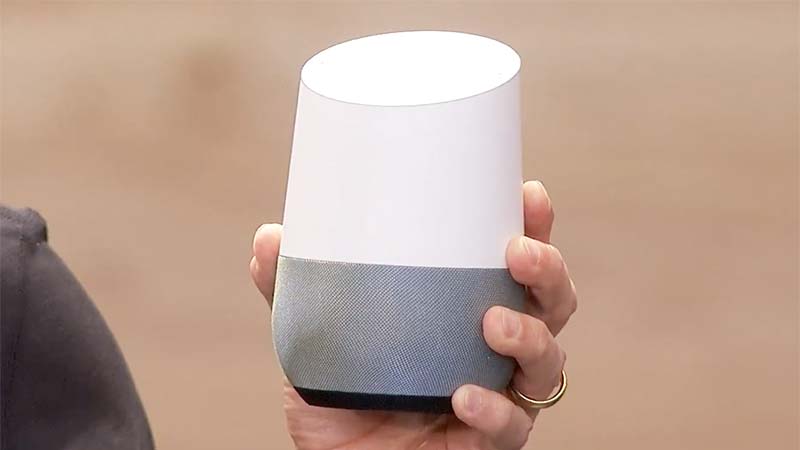
In news that will please Android adherents, Google unveiled Android N, (not the official name, that’s being crowdsourced), their hotly anticipated new operating system that places a focus on VR, and allows for simultaneous, split-screen enabled app use. A beta version has been released early so that developers can begin to tinker with its capabilities.
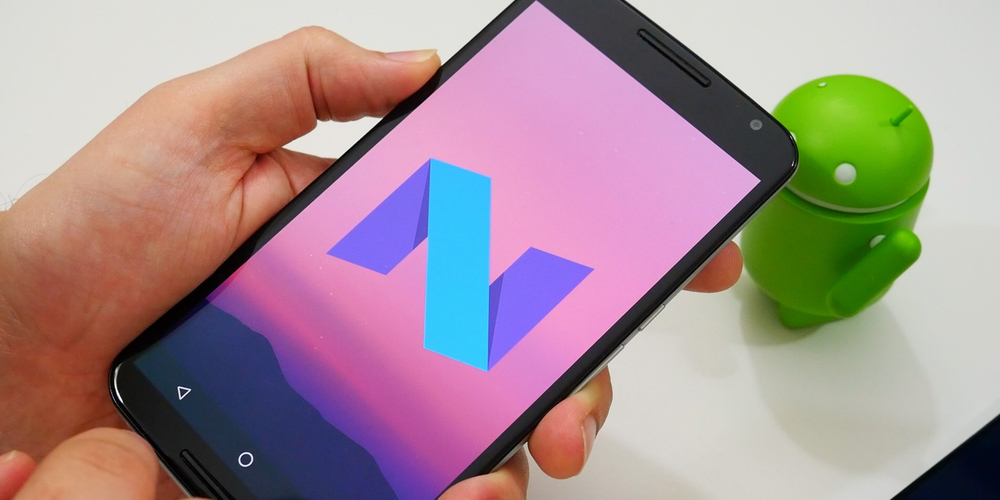
The big Virtual Reality unveil came in the form of Google Daydream. A step forward from Google Cardboard, it represents the company’s ambition to create an immersive VR platform for mobile. Google promises that the accompanying headsets will be both comfortable and ergonomic, (having been designed by unnamed clothing companies).
Android N’s aforementioned ‘VR mode’ reveals a screen of familiar apps, such as Google Streetview and Google photos, in their Virtual Reality format. Netflix, EA and The New York Times are also signed up to produce apps. Google’s strong stance on features such as frame rate, performance and image latency mean that Daydream will avoid feeling like a nauseating experience.
Daydream’s accompanying, pebble-shaped controller will help users navigate the Virtual Reality portals they teleport into without needing to swivel their heads or jerk their necks.
Other subtle, but no less important announcements included the expansion of Firebase, the mobile platform that allows for the rapid development of high quality apps, and the growth of Android Wear. The new incarnation, appropriately named Android 2.0, will place a huge emphasis on smart watch faces and fitness. Improvements such as handwriting recognition, and the ability for any smart watch face to show app data on it were mentioned.
The fact that many of the programs and apps won’t be available for some time will do little to quell the wave of excitement the announcements are sure to generate.
Check out a multimedia report on Google I/O via its website, and to learn more about Project Jacquard, Google’s technology-driven partnership with Levi’s, click here.
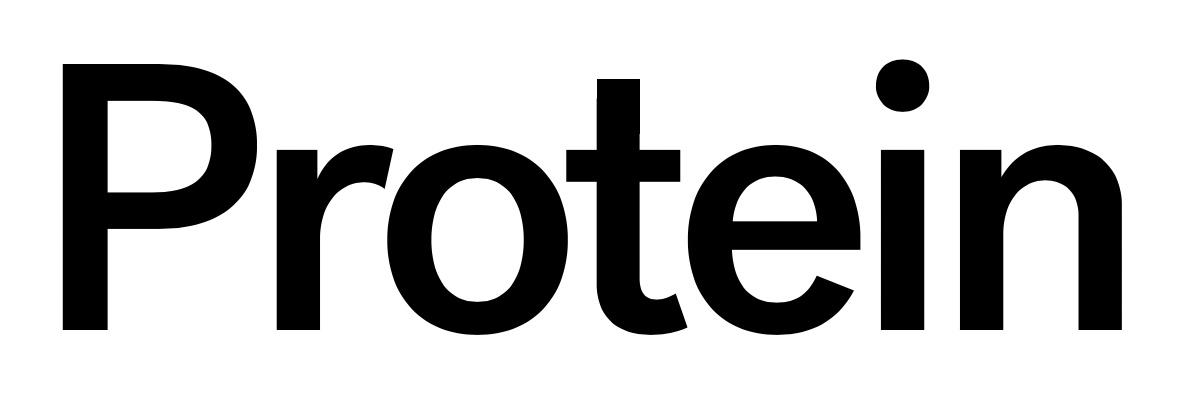

Discussion